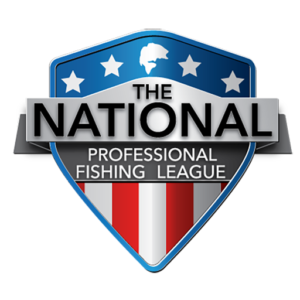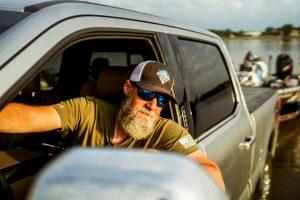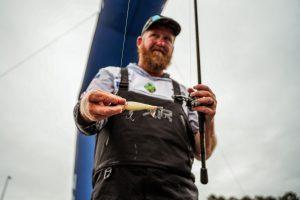Story by Todd Goade | Photos by Tanner & Travis Lyons
If your fishing has slowed down, you’re not alone. This late summer period can be tough for everybody. It’s still hot, but summer is winding down. This weekend in East Tennessee the highs were in the upper 70s, and it feels like college football weather!
Bait is everywhere, so getting your lure noticed can be a challenge. Soon the thermocline will start to break up, and the groups of fish that were so predictable through the dog days will scatter, making them tough to find and even tougher to catch.
This is the time that tournament weights tend to fall off, and lots of anglers start thinking about deer hunting and food plots. And it’s the time when I rely on a couple of basic patterns to get me through the tough fishing: fishing creeks and man-made structure.
The creek pattern is pretty simple. You start by finding a creek with moving water. I like to go as far up the creek as I can go … and then some. There’s plenty of places in East Tennessee to do this and probably in your neck of the woods as well.
A lot of these creeks are spring-fed. They’re super clear and a lot cooler than the main lake or river. Sometimes I’ll run up the creek as far as my outboard will take me and then get out my push pole to get my boat over a gravel flat or shoal. Quite often there’s some deeper water upstream that basically never sees an angler.
Don’t think these creek bass are small. They’re not! You’ll find some grown ones up these creeks, and you can definitely find the kind of fish you need to win a tournament. A lot of times these fish may have never seen a bait, and the bites can be explosive!
My go-to baits on the creek pattern are topwaters like the tried-and-true Zara Spook or a Rico popper. I also like jigs such as a 3/8 ounce HD All Purpose Jig in Summer Craw from Pulse Fish. I’ll rig the jig with a Zoom Z Craw Jr. in Green Pumpkin and cast it to deep holes and laydowns.
Another pattern that has saved many a day for me in the late summer involves manmade cover and structure like boat docks, floating tire reefs and bridge pilings.
As the thermocline starts to break up and the lake starts to turn over, the bass don’t have any boundaries for where they can go. They could be in a foot of water, or they could move into 30, 40, 50 feet of water or more.
Targeting suspending bass is usually tough, but if they’re relating to some vertical structure it can help to put the odds in your favor. My favorite baits for these suspended fish are a Pulse Jig scrounger bait and a topwater.
Lots of times you can get these suspended fish to come up and destroy a walking bait like the Zara Spook. It can really “pull” bass up from the depths, and the strikes are explosive.
If the fish won’t come up for a bait, I go below the surface with the Pulse Jig. I’ll try different sizes but my favorite two are the 3/8- and 5/8-ounce models, and I’ll use colors like Albino and Tennessee Shad. I like the Pulse Jig because I want my lure to stand out from the real baitfish and get noticed. The vibration this bait puts off does just that.
When fishing the Pulse Jig, I’ll make a long cast and count the bait down gradually — one-one thousand, two-one thousand, three-one thousand. I’ll count the next cast down to five and the one after that down to seven. I’m very gradual with it because I don’t want the line to go through the fish before the lure does. I want the bass to feel the presence of the lure before anything else.
I hope you’ll give these patterns a try. They’ve worked well for me over the years, and I know they’ll work for you, too!
Tight Lines!
Todd Goade – Angler Profile





